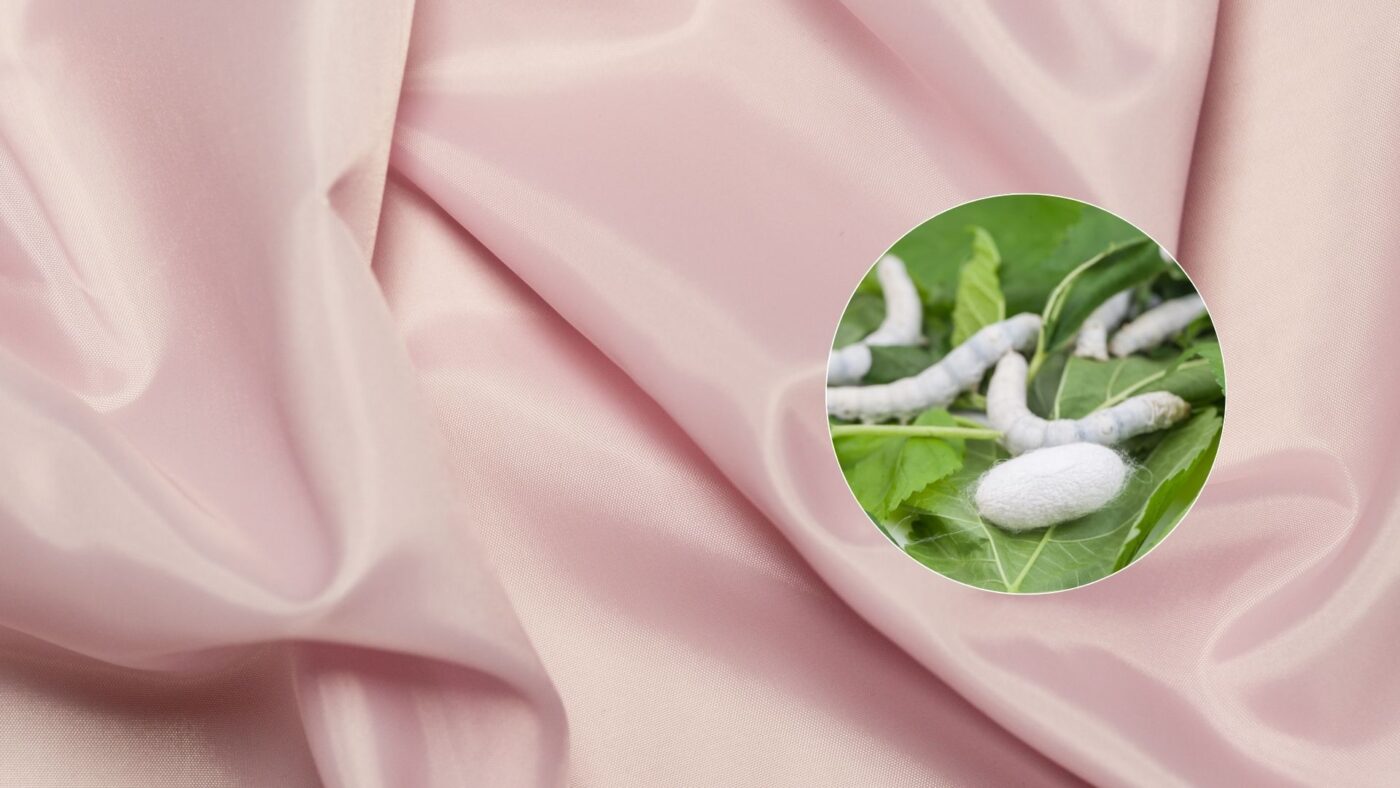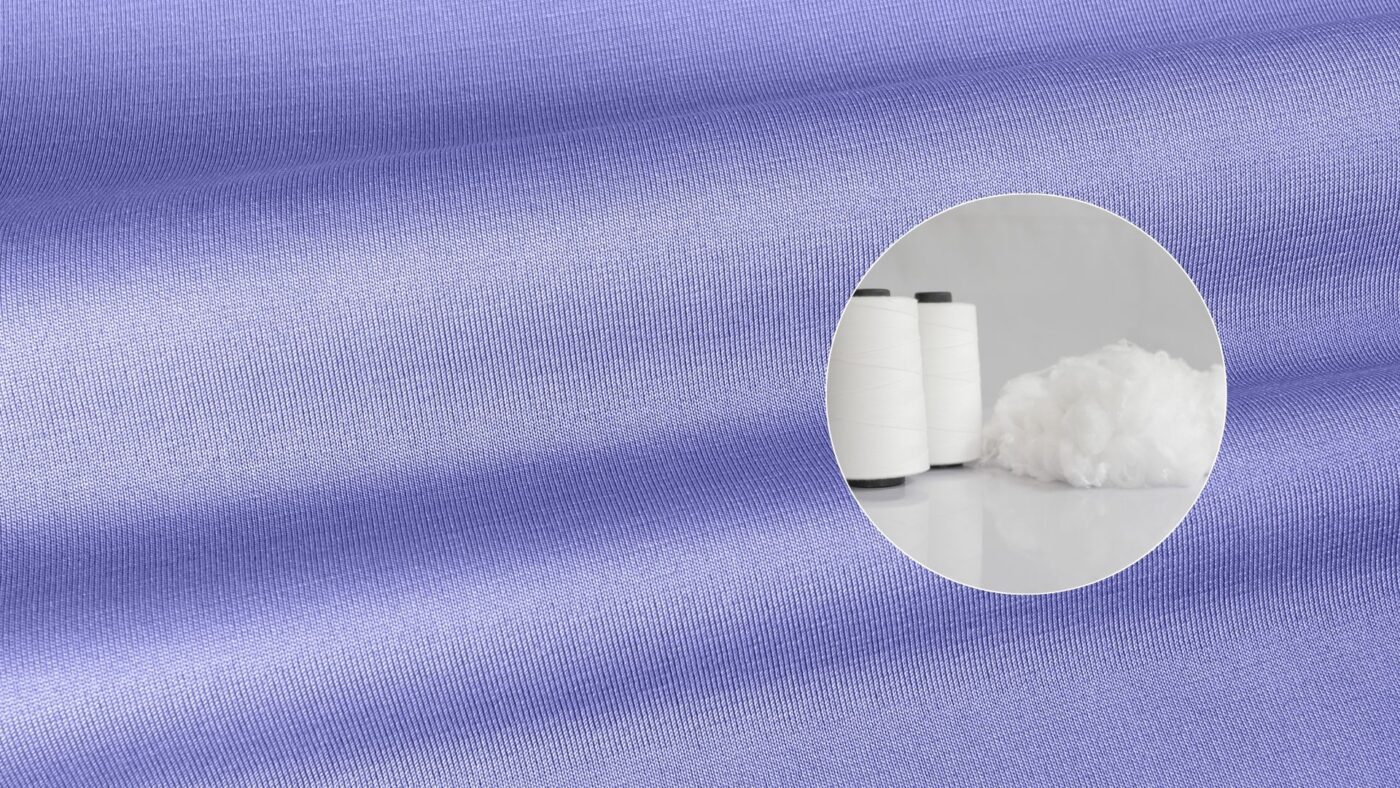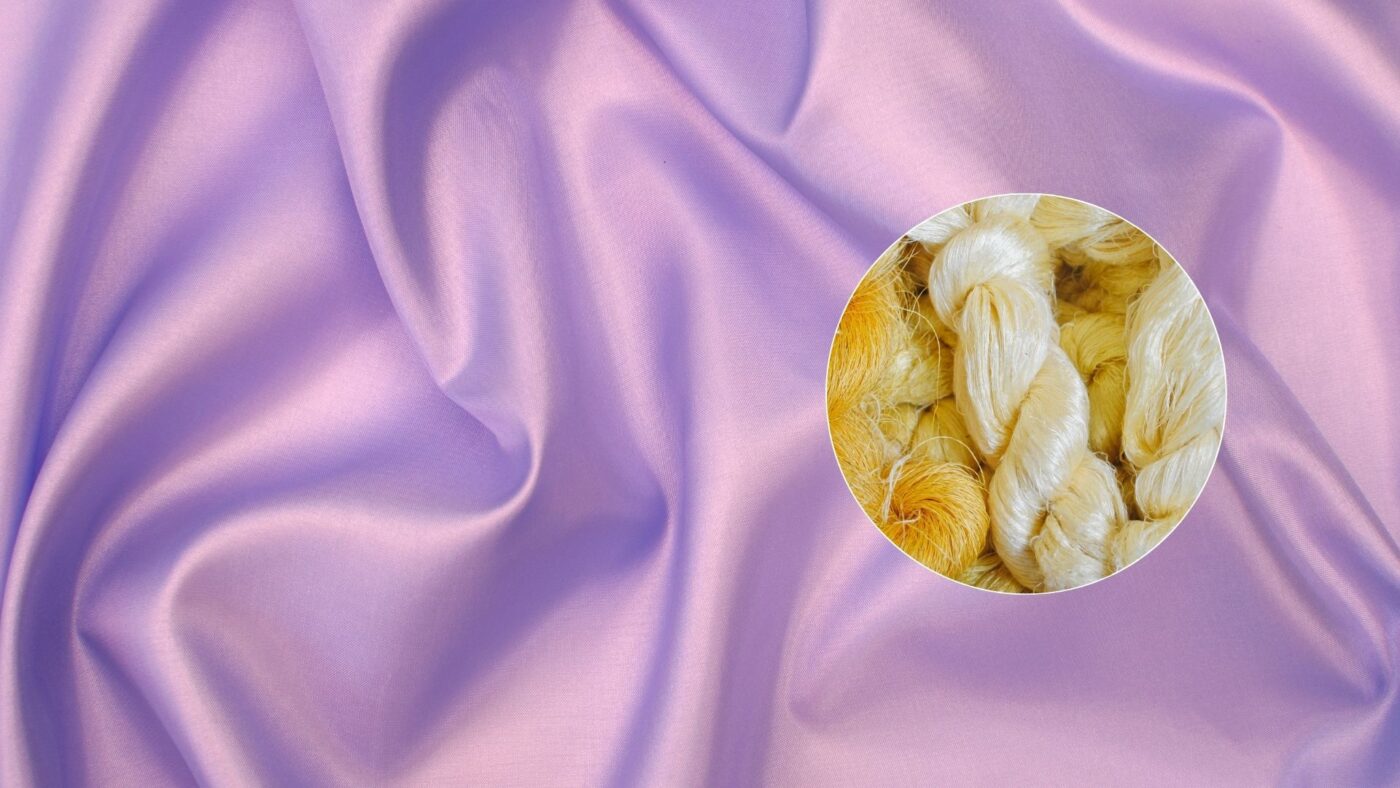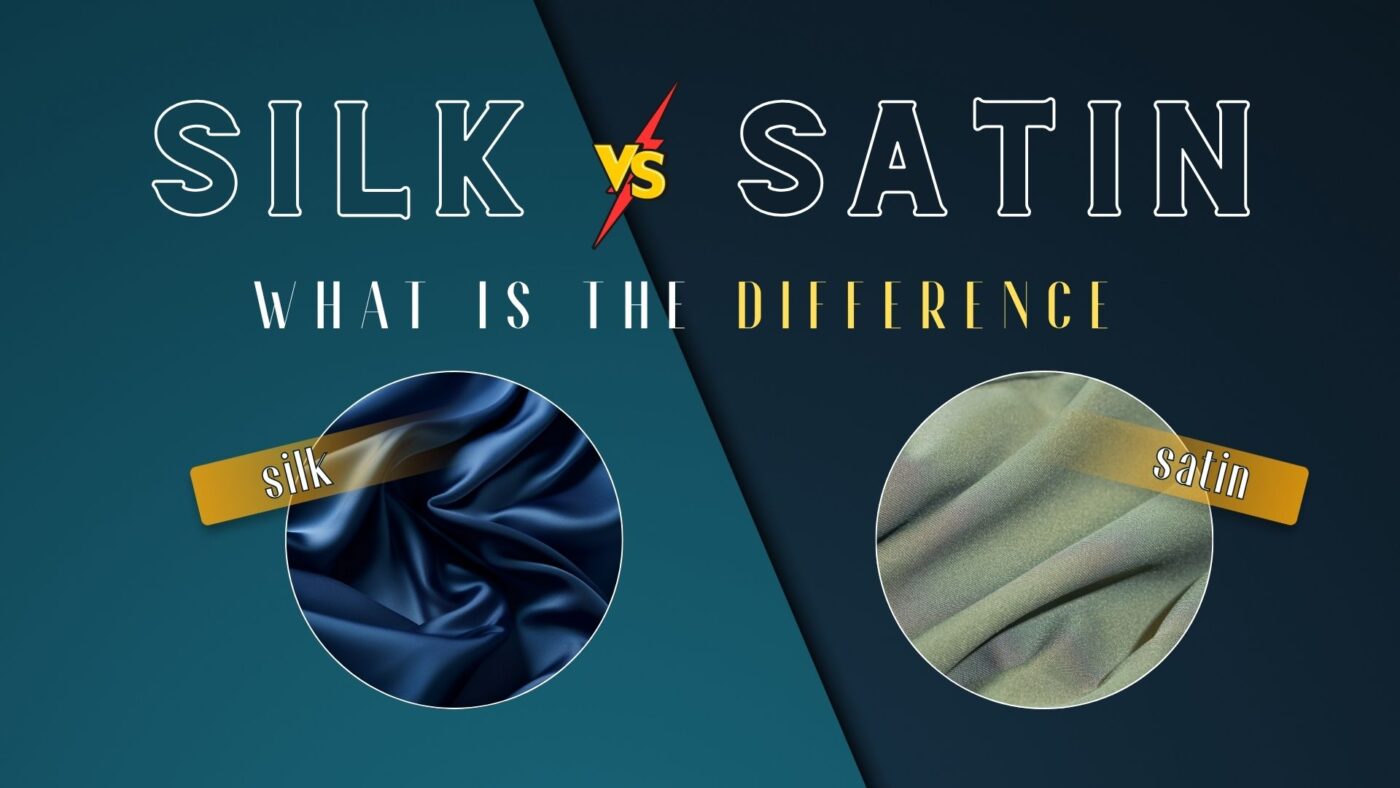Blog
Silk And Satin: What Is The Difference
When it comes to luxury fabrics, few names evoke elegance and sophistication like silk and satin. These materials are staples in high-end fashion, bedding, and accessories, but they’re often misunderstood. Are silk and satin the same? What exactly is satin silk? If you’ve ever pondered these questions, you’re not alone.
In this article, we’ll dive deep into the world of silk, satin, and satin silk, exploring their differences, unique qualities, and how to choose the right fabric for your needs. Let’s unravel the mystery behind these luxurious materials.
What is Silk?

Definition
Silk is a natural fiber that has been prized for centuries for its softness, strength, and natural sheen. Produced by silkworms, silk is one of the oldest and most luxurious materials in the world, dating back over 5,000 years.
How Silk is Made
Silk production begins with the humble silkworm. These tiny creatures spin cocoons made of a single, continuous thread of protein-based fiber. The cocoons are carefully harvested, and the threads are unwound, cleaned, and spun into fabric. The process is labor-intensive, which contributes to silk’s high cost.
You can read more about our mulberry silk article.
Key Properties of Silk
- Softness and Smoothness: Silk has an incredibly smooth texture, making it gentle on the skin.
- Natural Sheen: Due to its triangular prism-like structure, silk reflects light beautifully, giving it a natural shine.
- Breathability: As a natural fiber, silk is highly breathable and comfortable in both warm and cool climates.
- Durability: Despite its delicate appearance, silk is surprisingly strong and long-lasting when cared for properly.
Common Uses
Silk is synonymous with luxury and is used in:
- Clothing: Scarves, blouses, dresses, and ties.
- Bedding: Pillowcases, sheets, and duvet covers.
- Accessories: Luxury handbags, ribbons, and even parachutes in the past.
What is Satin?

Definition
Unlike silk, satin isn’t a fiber—it’s a weave pattern. Satin can be made from various materials, including silk, polyester, nylon, and other synthetic fibers. What sets satin apart is its glossy surface and smooth texture, achieved through a specific weaving technique.
How Satin is Made
The satin weave involves floating warp threads over weft threads, creating a fabric with a glossy front and a matte back. If made from silk, the resulting fabric is called satin silk. However, most modern satin fabrics are made from synthetic materials like polyester, making them more affordable.
Key Properties of Satin
- Glossy Finish: Satin’s signature shine makes it a popular choice for formalwear and home decor.
- Smooth Texture: The smoothness of satin is comparable to silk, but it can feel slippery, especially if made from synthetics.
- Versatility: Satin can mimic the look of silk at a fraction of the cost when made from synthetic fibers.
Common Uses
Satin is a versatile fabric used in:
- Fashion: Evening gowns, lingerie, and ties.
- Home Decor: Curtains, upholstery, and bedsheets.
- Accessories: Ballet pointe shoes, handbags, and ribbons.
What is Satin Silk?

Satin silk refers to satin fabric made specifically from pure silk fibers. It combines the luxurious qualities of silk with the glossy finish of the satin weave.
Characteristics of Satin Silk
- Sheen and Softness: Satin silk offers the ultimate in luxury, with a glossy surface and the natural softness of silk.
- Durability: While delicate, satin silk is stronger than synthetic satin due to the natural strength of silk fibers.
- Cost: Satin silk is more expensive than synthetic satin but worth the investment for those seeking pure luxury.
Common Applications
- Bridal gowns, veils, and accessories.
- High-end bedding and pillowcases.
- Designer fashion and couture.
Key Differences Between Silk and Satin
| Aspect | Silk | Satin |
|---|---|---|
| Material | Natural fiber from silkworms. | Weave pattern, can be made from silk or synthetics. |
| Texture | Soft, smooth, and breathable. | Glossy front, slippery texture (synthetic satin). |
| Cost | Expensive due to labor-intensive production. | More affordable, especially synthetic satin. |
| Durability | Strong and long-lasting with proper care. | Synthetic satin can snag easily. |
| Care | Requires delicate washing or dry cleaning. | Synthetic versions are often machine washable. |
Which One Should You Choose?
Choosing between silk and satin depends on your needs, preferences, and budget. Here’s a quick guide:
For Clothing
- Choose silk if you value breathability, softness, and natural luxury.
- Choose satin if you’re looking for a glossy, affordable option for formalwear or lingerie.
For Bedding
- Pick silk for its skin and hair benefits. Silk pillowcases reduce friction, preventing wrinkles and hair breakage.
- Opt for satin if you’re on a budget but still want a smooth, shiny aesthetic.
For Special Occasions
- Go with satin silk for bridal gowns, veils, or other luxury fashion items.
- Consider synthetic satin if you want a similar look without breaking the bank.
Additional Considerations
Environmental Impact
- Silk: As a natural fiber, silk is biodegradable and eco-friendly. However, its production raises ethical concerns for some, as it involves harvesting cocoons.
- Satin: Synthetic satin (e.g., polyester-based) has a larger carbon footprint due to its petroleum-based production.
Cultural Significance
- Silk has played a vital role in history, from the ancient Silk Road trade routes to its use in royal attire.
- Satin gained popularity in modern fashion and has become a staple in eveningwear and home decor.
Care Tips for Longevity
- For silk, use a silk-safe detergent and handwash or dry clean.
- For synthetic satin, most items are machine washable, but always check care labels.
FAQs About Silk and Satin
- What is the difference between satin and silk pillowcases?
Silk pillowcases are made from pure silk fibers, offering natural breathability and skin benefits. Satin pillowcases can be made from synthetic materials and mimic silk’s smoothness but lack its natural qualities.
- Is satin more durable than silk?
Synthetic satin is less durable and prone to snagging, while silk is naturally strong and long-lasting.
- Why is satin sometimes cheaper than silk?
Satin made from synthetic fibers like polyester is much cheaper than natural silk due to lower production costs.
- Can you get the same benefits from synthetic satin as you do from silk?
Synthetic satin can offer similar smoothness but lacks silk’s breathability, hypoallergenic properties, and natural sheen.
- How can you tell if a fabric is real silk or synthetic satin?
Real silk feels warm to the touch and has a natural sheen, while synthetic satin feels cooler and may appear overly shiny.
Conclusion
Silk and satin are luxurious materials with distinct qualities that cater to different needs. Whether you’re looking for the natural elegance of silk, the glossy appeal of satin, or the opulence of satin silk, understanding their differences can help you make an informed choice.
While silk offers unmatched softness and breathability, satin provides a cost-effective alternative with its shiny, smooth texture. And for those seeking the pinnacle of luxury, satin silk combines the best of both worlds.
No matter which you choose, both fabrics have stood the test of time as symbols of beauty, sophistication, and elegance. So, next time you’re shopping for clothing, bedding, or accessories, you’ll know exactly what to look for.

